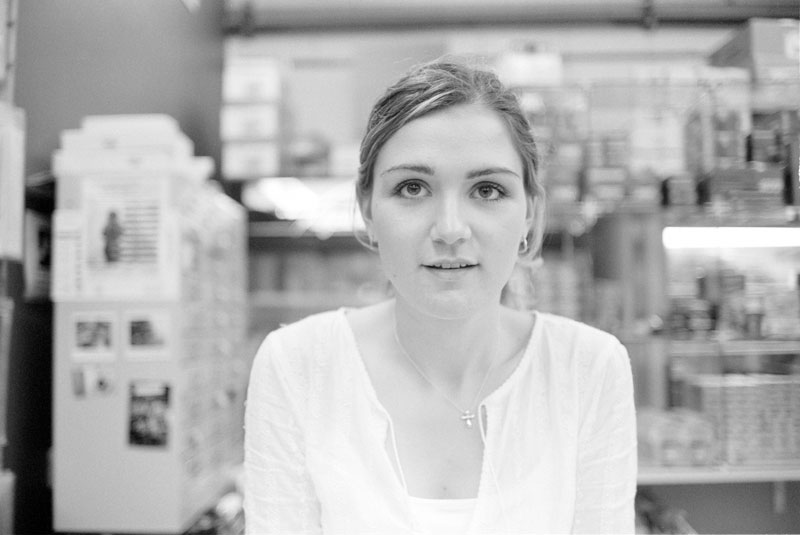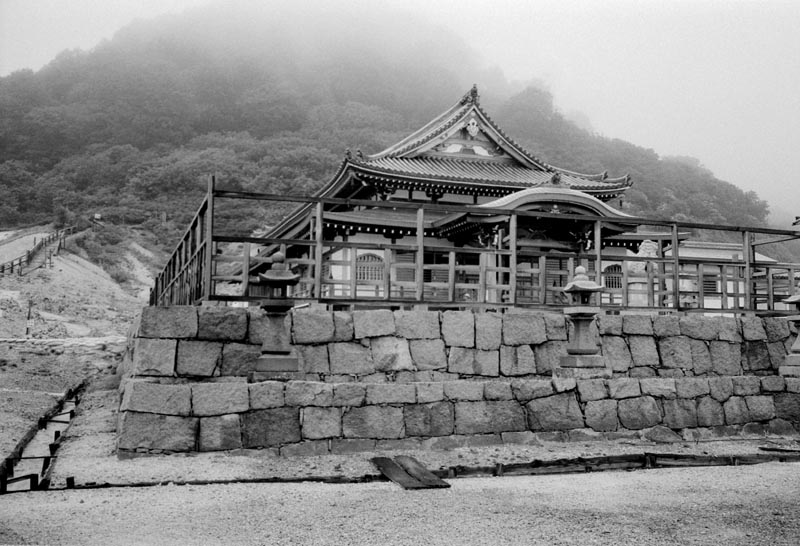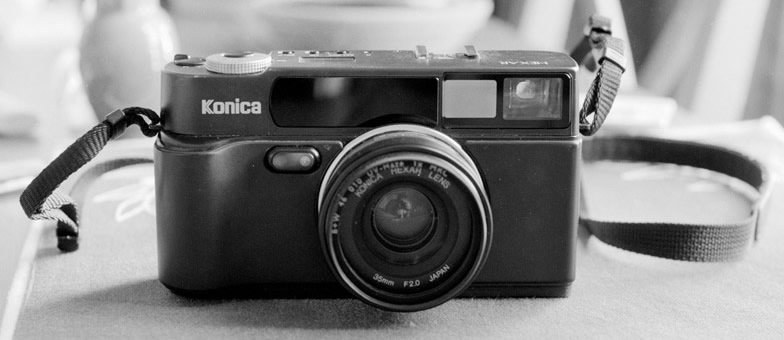The Konica Hexar has been covered more completely by Dante Stella here: http://www.dantestella.com/technical/hexar.html Most of my comments are either confirmation or rehash of what he has already said.
The Hexar is an incredible camera. It has three vital aspects that make it a such a great camera. 1. It has an incredible lens. 2. It has a low noise function that allows the camera to operate almost silently. 3. It has a very accurate spot auto-focusing system. These three components were incorporated into a very sturdy, unobtrusive camera body. At a cursory glance, it looks like any other point and shoot camera from the 80s or early 90s. Konica used to market their cameras under the slogan, “The lens alone is worth the price.” In this case, they are wrong – the lens alone is worth more than the camera. The Hexar generally sells for about 400 dollars on the used market, while the pre-aspherical Leitz 35mm f/2 lens sells for 800-1000 dollars alone. I am not that knowledgeable about lens design, but I have heard that the lens was based on the pre-aspherical lens, but Davidde Stella demonstrates that this is not the case: http://www.davidde.com/articles/hexar.html. Whatever the optical formulation, it works. The lens is blazingly sharp when stopped down, and it offers beautiful bokeh* when wide open. Here is an example of the lens shot wide open, handheld at about 1/30th. It was taken on FP4+, 125 ISO and I developed it in undiluted D76. |

For contrast (and sharpness), here is an image taken with the lens stopped down. This was taken on HP5+, a 400 ISO film, and I developed it in D76 diluted 1:1. |

The auto-focus system uses an infrared beam of some sort to achieve focus. What does this mean? Well, I don't know, but I can make an educated guess. Most modern auto-focus systems operate using visual light. This means that they can have difficulty focusing in low light situations, such as the ones to which the Hexar is so well-suited. With an infrared beam, the Hexar can even focus in pitch black conditions (which would not do much good, unless you had its flash on it). The key advantage however, is that it focuses reliably in all conditions. Furthermore, it does not need to resort to a distracting visible AF-assist light in dim environments. The focus is used similarly to a spot or center weighted average meter. You center the viewfinder on the object you want to focus on, depress the shutter button halfway, and recompose if necessary. This is very natural for me, as it is how the T90, F1N, Mamiya 7II and Leica MP all do their metering (whether in manual or AE lock).
Perhaps the most unique aspect of the Hexar is the "L" mode. When turning on the camera, if you hold down the manual focus button, the camera will enter the low noise mode. In this mode the camera is almost silent. When using the camera in an area with ambient noise, it is completely undetectable. The girl in the photo above had no idea that I had actually taken her picture until I told her -- she just thought that I was metering. She was a photographer herself, so if it were obvious she would have certainly noticed. She was at most three feet away from the camera. The silent mode slows down the AF and the film advance slightly to cut down on noise, but it does not make the camera slow to operate. The shutter itself is a leaf shutter, and inaudible unless your ear is right next to the lens. One thoughtful feature is that the film will not advance until you take your finger off the shutter button. Since the film advance is by far the loudest part of the whole process, you can put it off until you are "clear" or out of audible range. This combination of features makes the Hexar the ultimate street shooting camera. It has a fast, wide angle lens, it is inaudible, auto focus, with auto-exposure and unobtrusive styling. The icing on the cake is that the camera is nearly indestructable. The focusing is completely internal, and the camera is made of out a sturdy metal of some sort. Both Dante and Davidde Stella have tales of slamming it in car doors, freezing it in a block of ice and so on, all with no major problems. Even if you are a not a street shooter (which I am not), it is an excellent camera for candids, as well as parties, and essentially anything else where you can use a 35mm lens. The biggest downside is the 1/250th shutter speed and the difficulty in setting the shutter speed in manual mode (you have to look at the LCD on top of the camera). I pretty much always use it in "P" mode, which is really aperture priority with a fail safe. The camera will not go below your minimum handheld speed. It defaults at 1/30th, but you can put it down to 1/8th I think...I leave it at 1/15th. All in all, it is an excellent, functional camera that will never be outclassed by the person using it. ---------------------------------------------------------------------------------------------------------------------------------------------------------------- *Bokeh (boke-aji) – is a Japanese term that refers to the out of focus areas in a picture. Different lenses have different bokeh: some lenses have beautiful out of focus regions, while others have very distracting or muddy out of focus regions. For portraiture, bokeh can be a very important lens characteristic, as a pleasant, unobtrusive bokeh will bring more attention to the subject.
|
